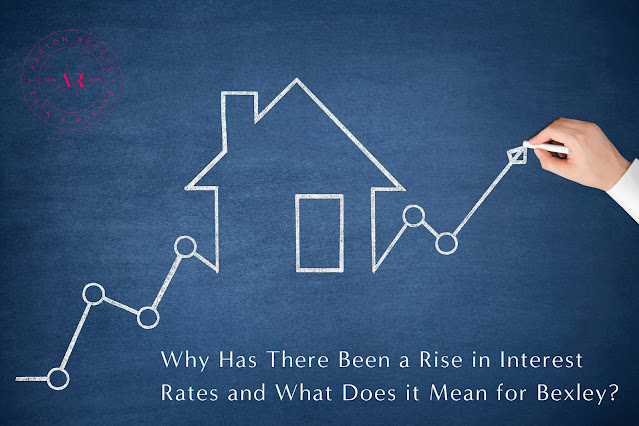What will the Interest Rate rise cost Bexley homeowners?
Bexley homeowners will be
among those affected by the latest rise in the Bank of England interest rates.
The first increase in 10 years, they have just been raised from 0.25 to 0.5 percent.
This uplift comes as inflation hits a 51-month high of 2.9 percent, whilst the
national unemployment rate is at an all-time low of 4.3 percent.
Interestingly, the Governor
of the Bank of England, Mr Carney, has indicated that the interest rate is
likely to increase again over the next couple of years, but that mortgages and
savings would not be affected in the short term. However, if you look at all
the big banks, you’ll see that most have increased their standard variable
mortgage rate.
The average Bexley mortgage is £155,848
By how much will Bexley
homeowners (on variable rate or tracker mortgages) see their repayments
increase?
In the DA5 postcode, there
are 3,615 homeowners with a mortgage, of whom 1,553 have a variable rate
mortgage (the remaining have fixed rate mortgages). The total amount owed by
DA5 homeowners with variable rate mortgages is £242,032,372. The average
monthly mortgage payment for home owners on variable rate mortgages before the
interest rate rise was £1,215.18 per month, and is now £1,247.65, which means
that the interest rate rise will
cost Bexley homeowners on average an extra £389.62 per year.
This is the first rise in
interest rates in over 10 years, and they are still very low compared to
figures in the 1970s and early 1990s. Many of my readers talk of interest rates
at 17 percent, when Sir Geoffrey Howe increased them to try and combat
hyperinflation from the fallout of the financial crisis that hit Britain in the
1970s, and of Norman Lamont in September 1992 with the infamous Black Wednesday
crisis, when interest rates were raised from 10% to 15% in just one day.
So, what
will this interest rate actually do to the Bexley housing market? To be frank,
not a lot. The proportion of Bexley homeowners with variable rate mortgages (and
thus directly affected by a Bank of England rate rise) will be smaller than in
the past, partly because the vast majority of new mortgages in recent years
were taken on fixed interest rates. The proportion of outstanding mortgages on
variable rates has fallen to a record low of 42.3 percent, down from a peak of
72.9 percent in the autumn of 2011. If more Bexley people are protected from
interest rate rises, because they are on fixed rate mortgages, then fewer will
have to sell their Bexley properties because they can’t afford the monthly
repayments or, even worse, have them repossessed.
However, and this will be of interest to both
Bexley homeowners and Bexley buy to let landlords, for every 1% increase in the
Bank of England interest rate, it will cost the average Bexley homeowner on a
variable rate mortgage £129.87 per month.
So, what next? Because UK
inflation levels are at 2.9 percent (the country’s highest rate since April
2012) and the Bank of England is tasked by HM Government to keep inflation at 2
percent using various monetary tools (one of which is interest rates), interest
rate rises might be on the cards in the future, as these rises tend to dampen
inflation.
Of course, Brexit and the
associated negotiations have introduced a degree of uncertainty, but
fundamentally the British economy is in decent shape. People will always need
housing and, as we aren’t building enough houses (as I have mentioned many
times in the Bexley Property Blog), we might see a slight dip in prices in the
short term, but the Bexley property market will always remain strong for both
Bexley homeowners and Bexley landlords in the medium to long term.




Comments
Post a Comment